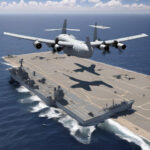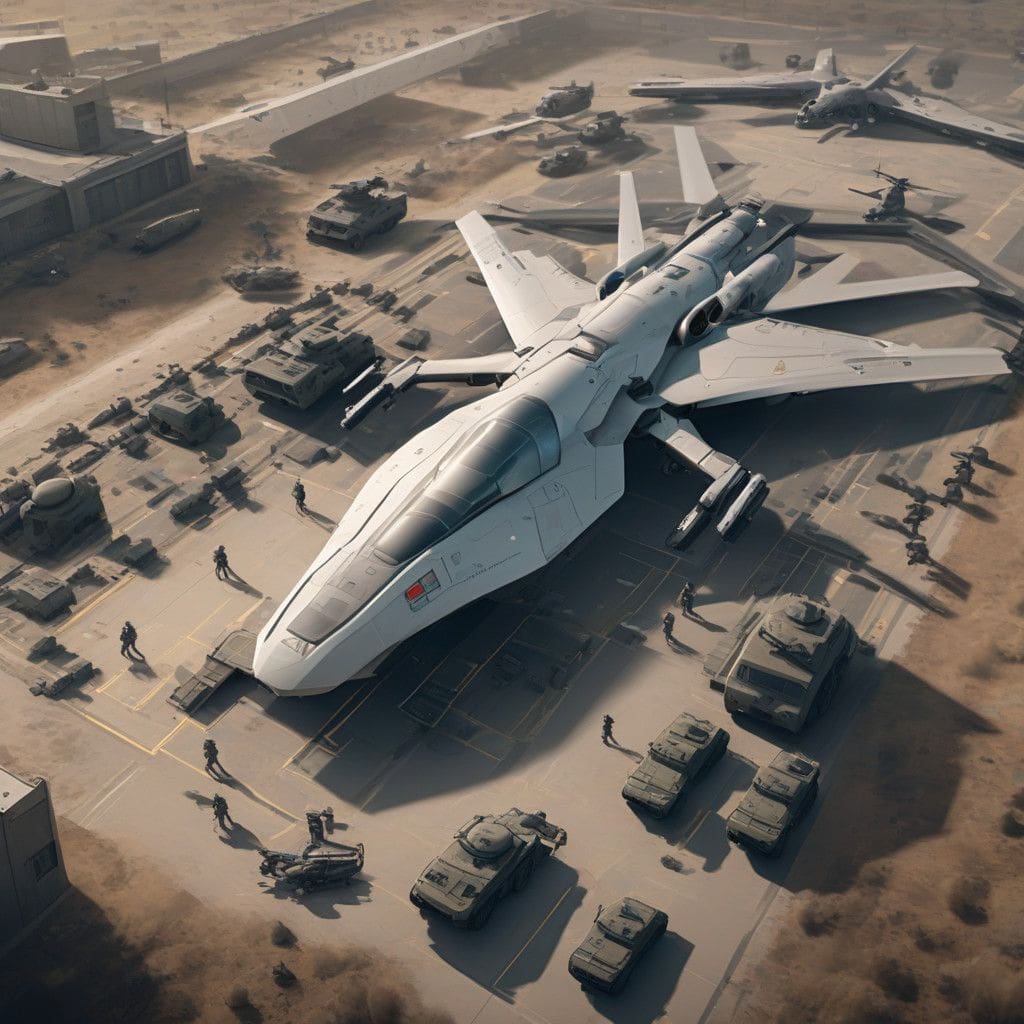In recent developments, Russia has significantly increased its reliance on AI-powered drones in its military operations, particularly within the ongoing conflict in Ukraine. The strategy was articulated by Russian Defense Minister Andrei Belousov, who emphasized the critical role these autonomous drones play in modern warfare. As the conflict evolves, the integration of advanced technologies marks a pivotal change in military tactics.
Belousov highlighted that two units equipped with AI-driven drones have been actively deployed in key combat zones, specifically eastern Ukraine as well as along Russia’s Belgorod and Kursk borders. This strategic positioning allows for enhanced operational capabilities in high-stakes environments. According to reports, these drones have the autonomy to identify and lock onto targets, allowing them to function effectively even if communication is lost during missions—a significant advantage in chaotic combat scenarios.
The Russian government is not stopping at just operational deployment; it is also looking towards the future. Plans are underway to form five additional units dedicated to around-the-clock drone operations, indicating a commitment to expanding their artificial intelligence capabilities on the battlefield. This move aligns with a broader military directive to increase drone production by a staggering tenfold, aiming for an output of 1.4 million drones by year’s end. The scope of this initiative is remarkable and demonstrates Russia’s intent to leverage technology in warfare settings comprehensively.
This uptick in drone deployment is not unique to Russia; Ukraine has also embraced drone technology, utilizing them to conduct strikes deep within Russian territory. The dual reliance on drones underscores a significant shift in how military engagements are conducted. Drones are increasingly essential in gathering intelligence and executing precision strikes, which can change the dynamics of conventional warfare.
The implications of this development extend beyond just the battlefield. The increased use of AI in military operations raises various ethical and strategic concerns. Questions around the autonomy of drones in targeting decisions provoke a wider debate about accountability in warfare. If an AI-powered drone makes a decision that results in civilian casualties, who bears the responsibility: the operators, the engineers, or the state?
Moreover, this shift towards AI-driven military capabilities highlights the ongoing arms race in technological innovation between world powers. As nations strive for superiority, the competition may lead to accelerated AI advancements or exacerbate existing geopolitical tensions. It sets a precedent for others to follow, potentially sparking similar deployments among rival countries seeking to match or counterbalance Russia’s capabilities.
Investments in AI technologies are not restricted to military applications. The commercial sector is witnessing a surge in drone technology as well, where businesses explore the benefits of automation. Retailers, agriculture, construction, and logistics are increasingly incorporating drones into their operations for tasks such as supply delivery, crop monitoring, and infrastructure inspections. The cross-pollination of military and civilian technologies could yield advancements that benefit both sectors in terms of efficiency and effectiveness.
Notably, this trend reinforces the necessity for comprehensive regulation in both military and civilian applications of AI. There exists a growing need for international agreements on the use of autonomous weapons systems to prevent an escalation into uncontrolled conflicts driven by technology. Organizations involved in global governance should prioritize forming frameworks to establish ethical standards and norms governing the use of AI in warfare.
As this situation develops, keeping abreast of technological advancements and their implications in military contexts will be critical for policymakers and business leaders alike. The intersection of AI and warfare is an area ripe for analysis, with immense potential to shape the future of global geopolitics and industry standards alike.
In conclusion, Russia’s ramped-up deployment of AI drones marks a significant shift in military strategy while highlighting the potential ethical and regulatory challenges that come with such advancements. For both military and civilian sectors, understanding and shaping the future of AI technologies will be crucial as nations navigate this new terrain.












